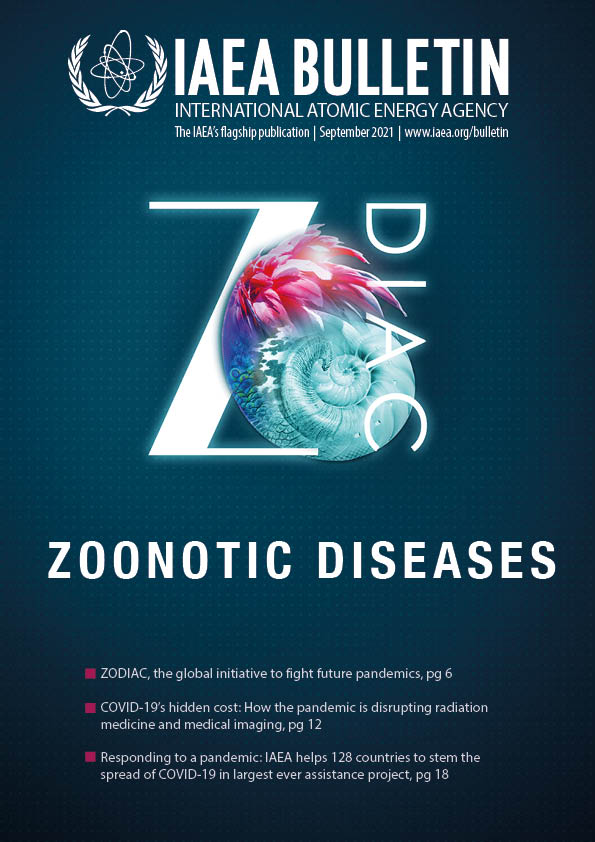Machine learning (ML), a growing part of artificial intelligence (AI), uses computers to solve complex tasks — not through programed solutions, but by creating models that can learn from examples. This approach has made great strides in recent years. ML models can now recognize people and objects in images; understand, translate and generate spoken language; and identify subtle relationships in biological data. As these models have grown more robust, they have become a part of our daily lives.
In health care, ML models play an increasingly important role in precision medicine, where they inform treatment decisions based on medical imaging data (e.g. computed tomography (CT), magnetic resonance imaging (MRI), positron emission tomography (PET) and X-rays), genomics and other clinical variables. By recognizing subtle patterns, disease progression signatures and treatment responses, the models can predict the risks and future course of a disease in individual patients. In medicine, ML models enable new measurements, quantitative observations and the discovery of novel knowledge about disease.
In lung diseases, ML models have identified new dynamic disease patterns linked to progression and response. With ML, subtle changes in the lung tissue and its imaging characteristics are measurable and turned into a new vocabulary of disease signatures. These signatures link a set of different observable image patterns reoccurring across the patient population. Their gradual change informs our understanding of the disease and allows us to predict individual risk with higher accuracy. Furthermore, ML integrates additional imaging information, capturing co-morbidities to improve prediction for individual patients.
ML is becoming a tool of research and discovery in medicine, as it makes distributed patterns tangible. Yet, while we understand prediction, we are still in the infancy of translating models into mechanistic representations of the biological processes underlying disease and treatment response. Here, intense progress can be expected in the coming years.

